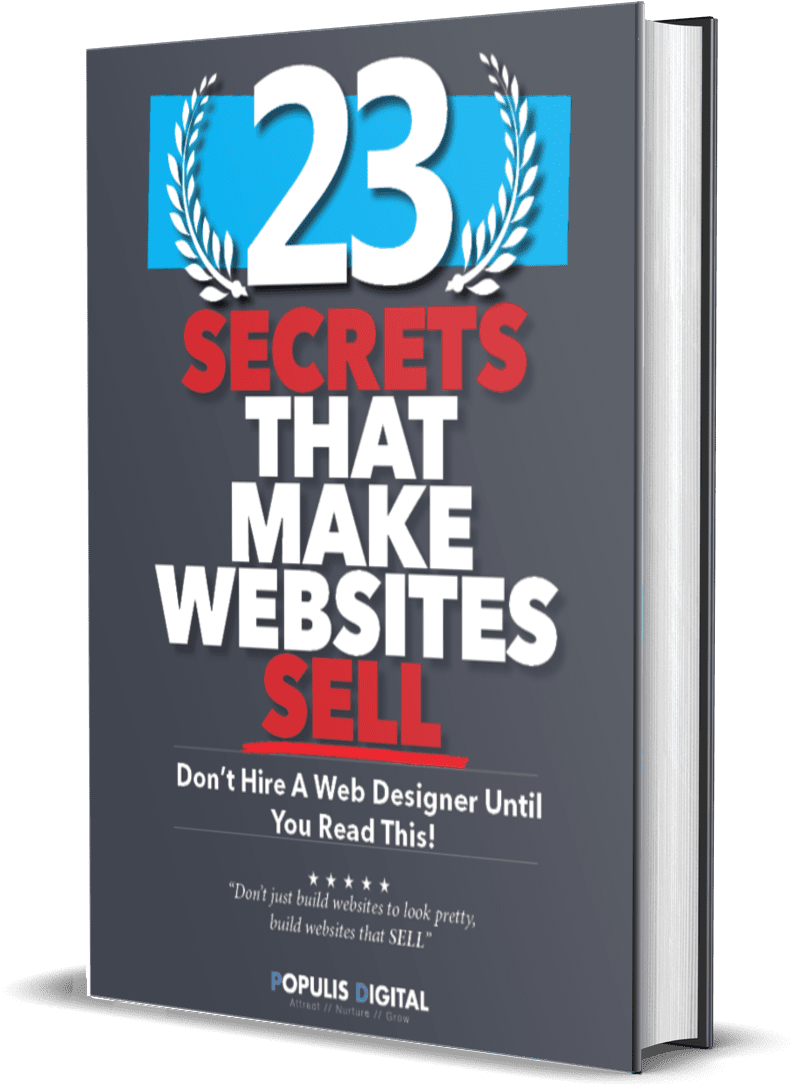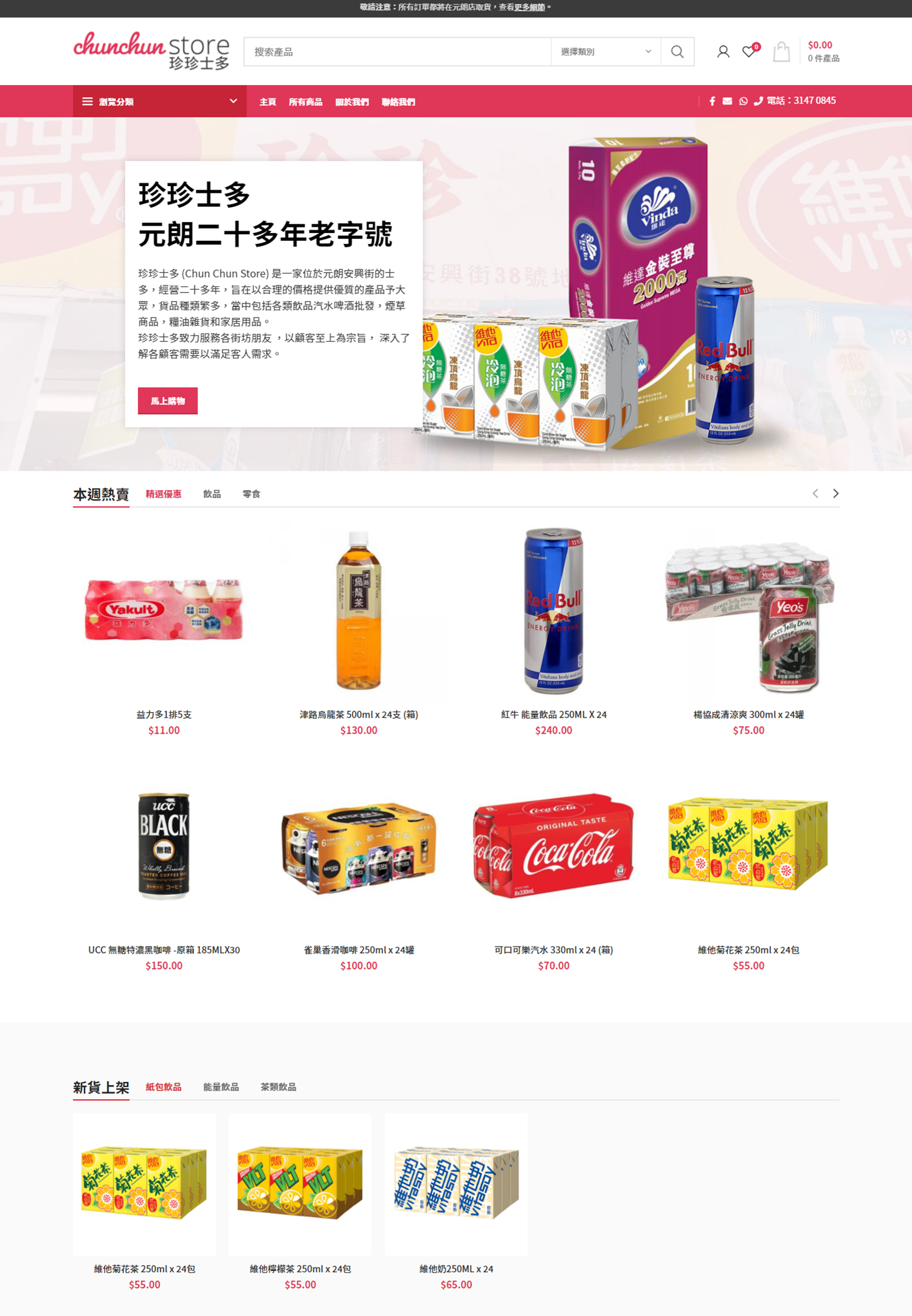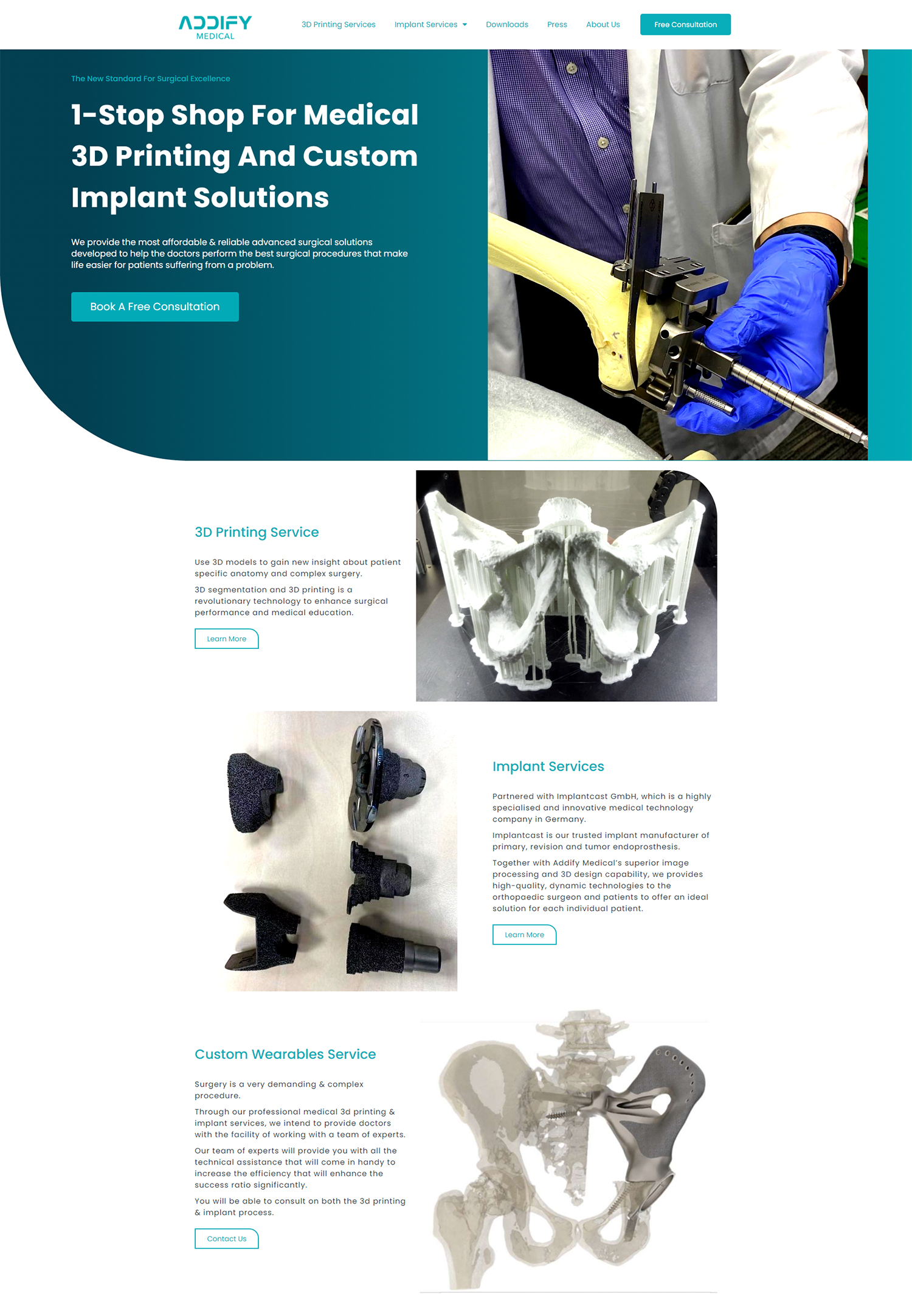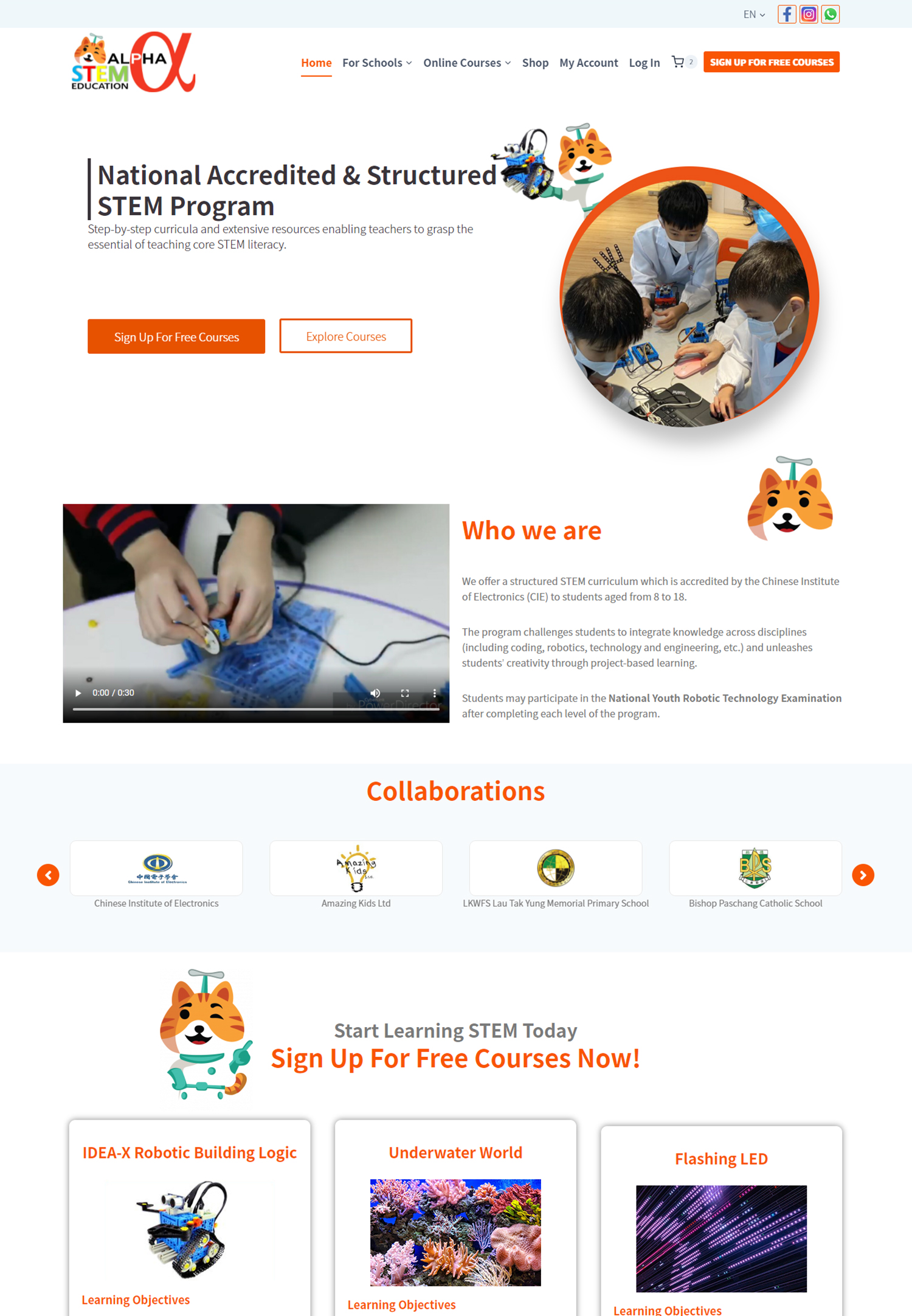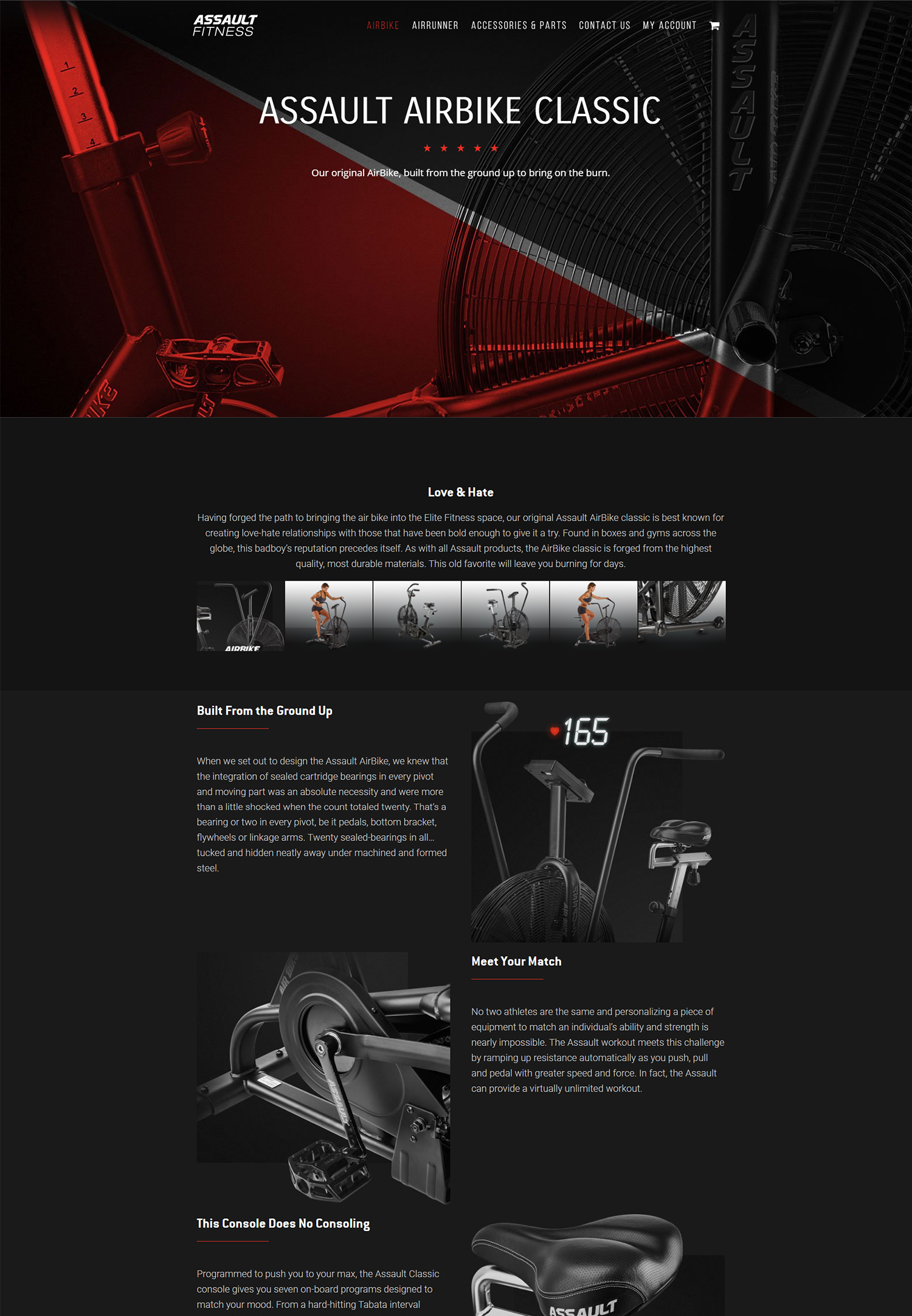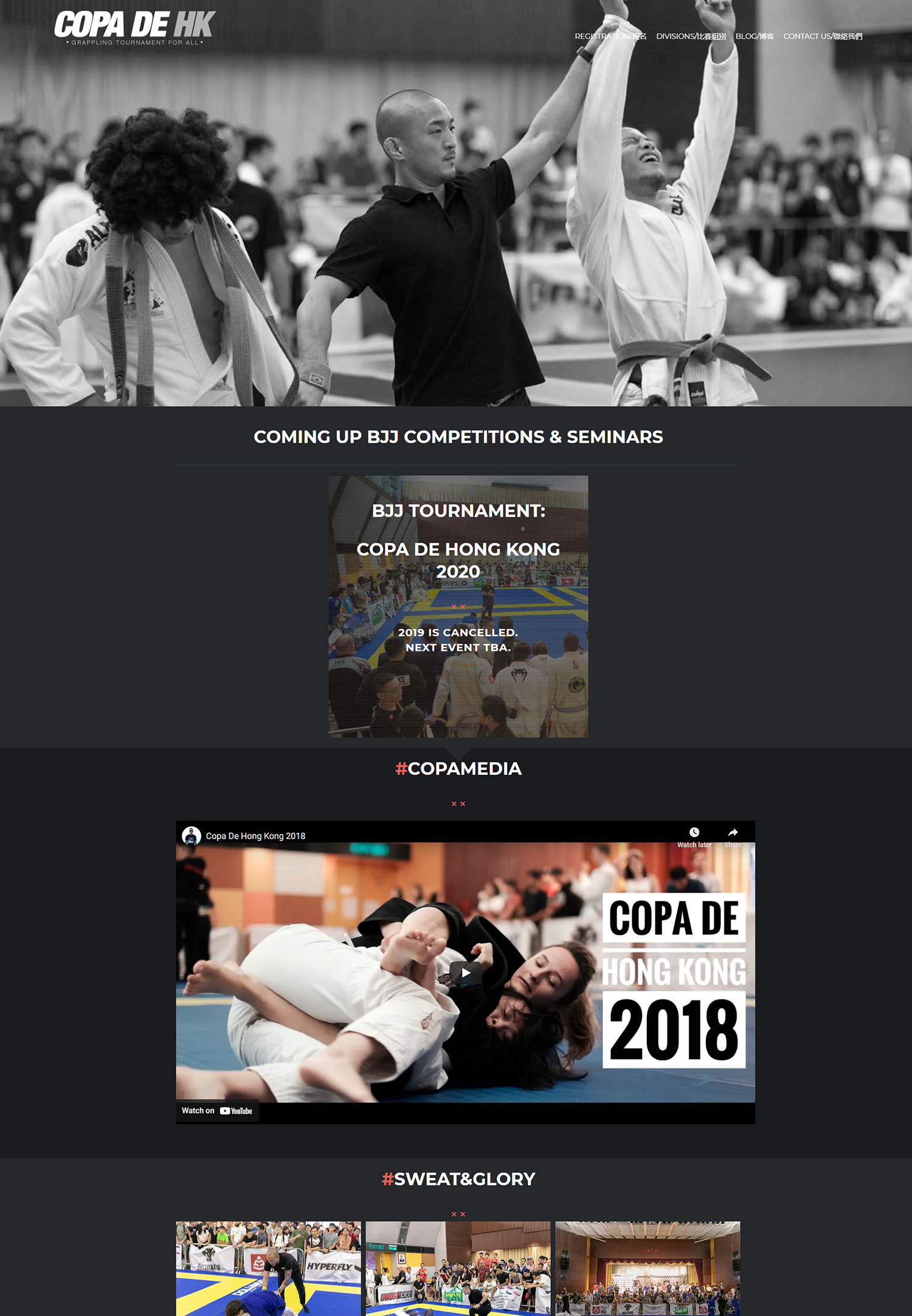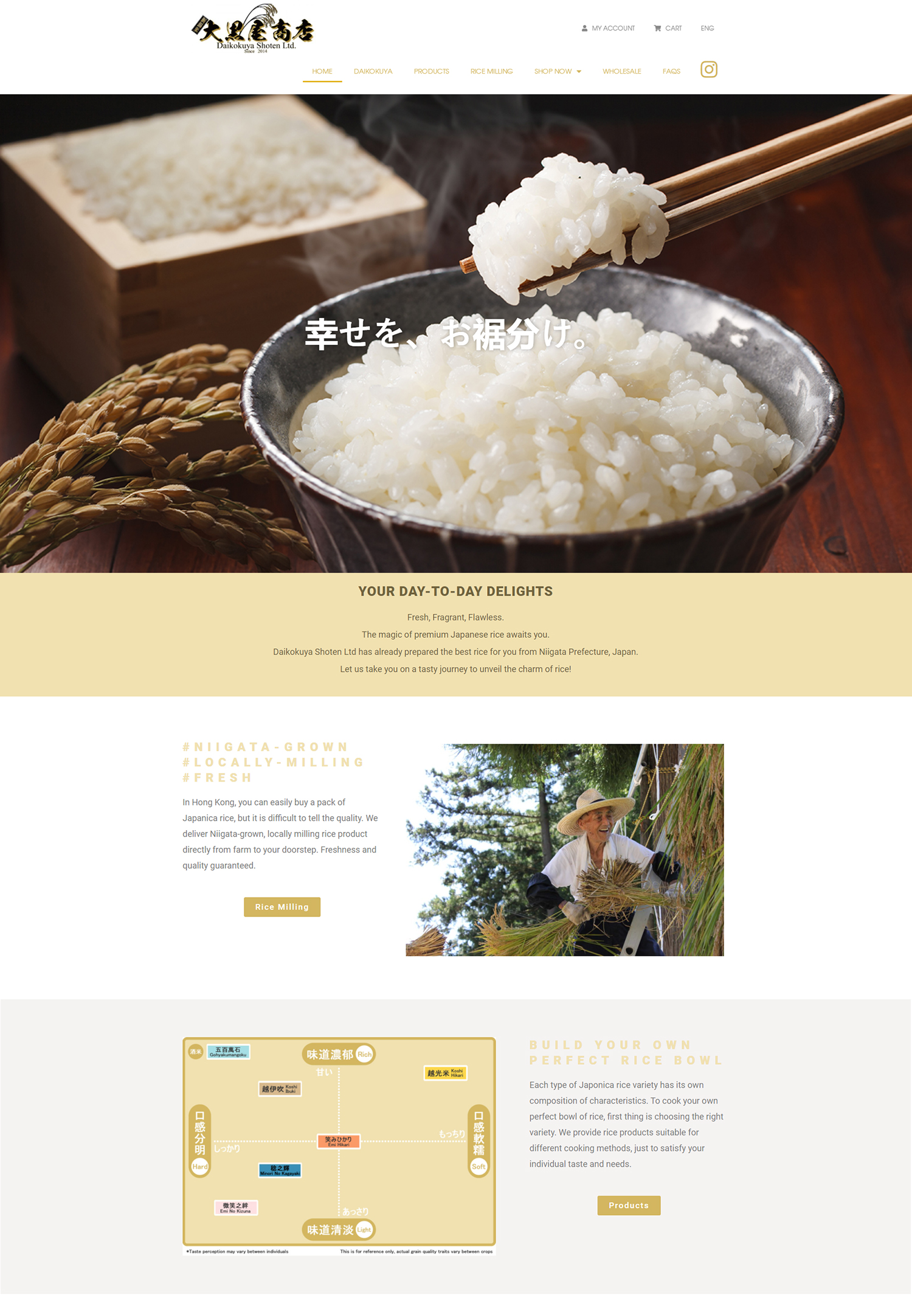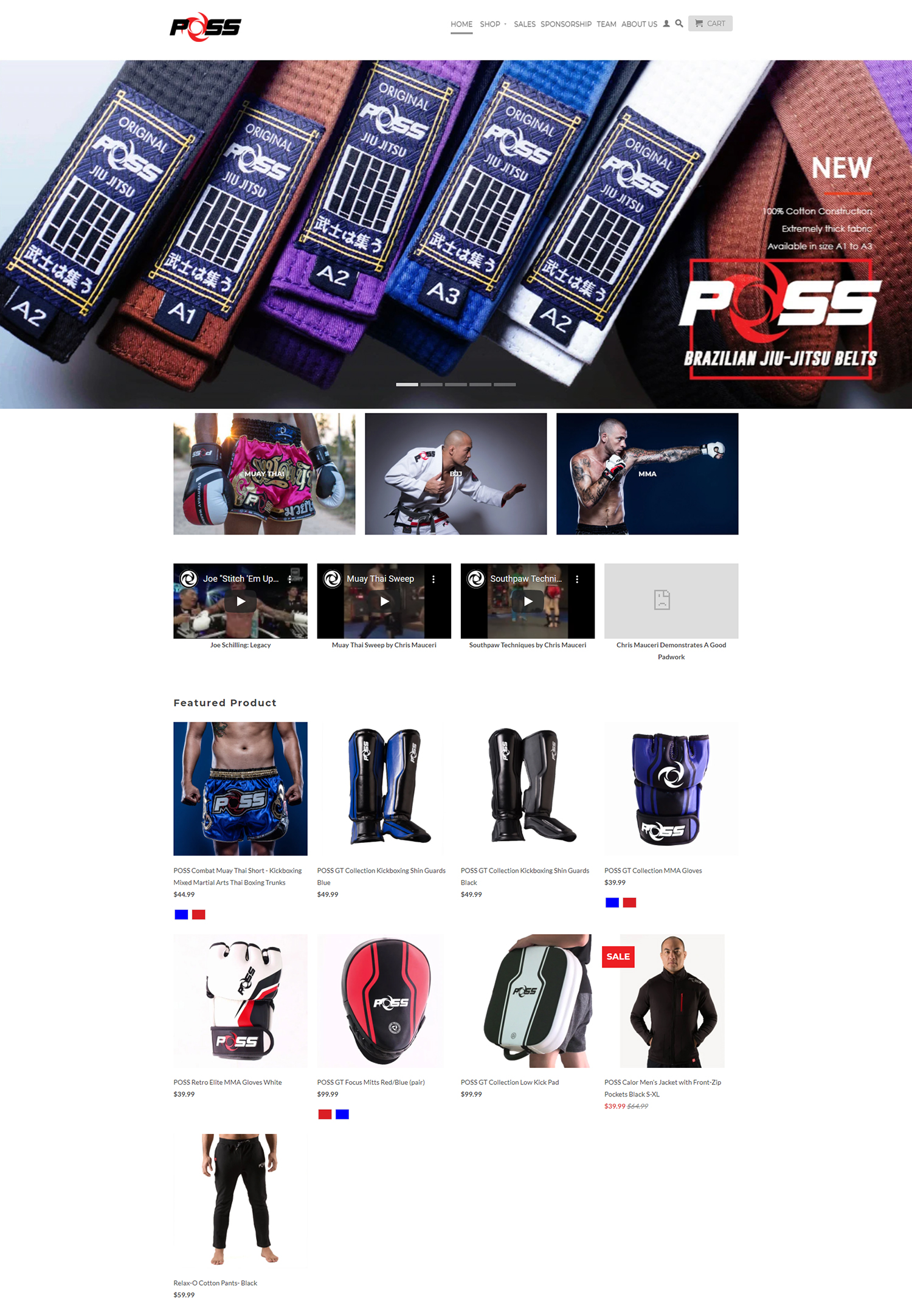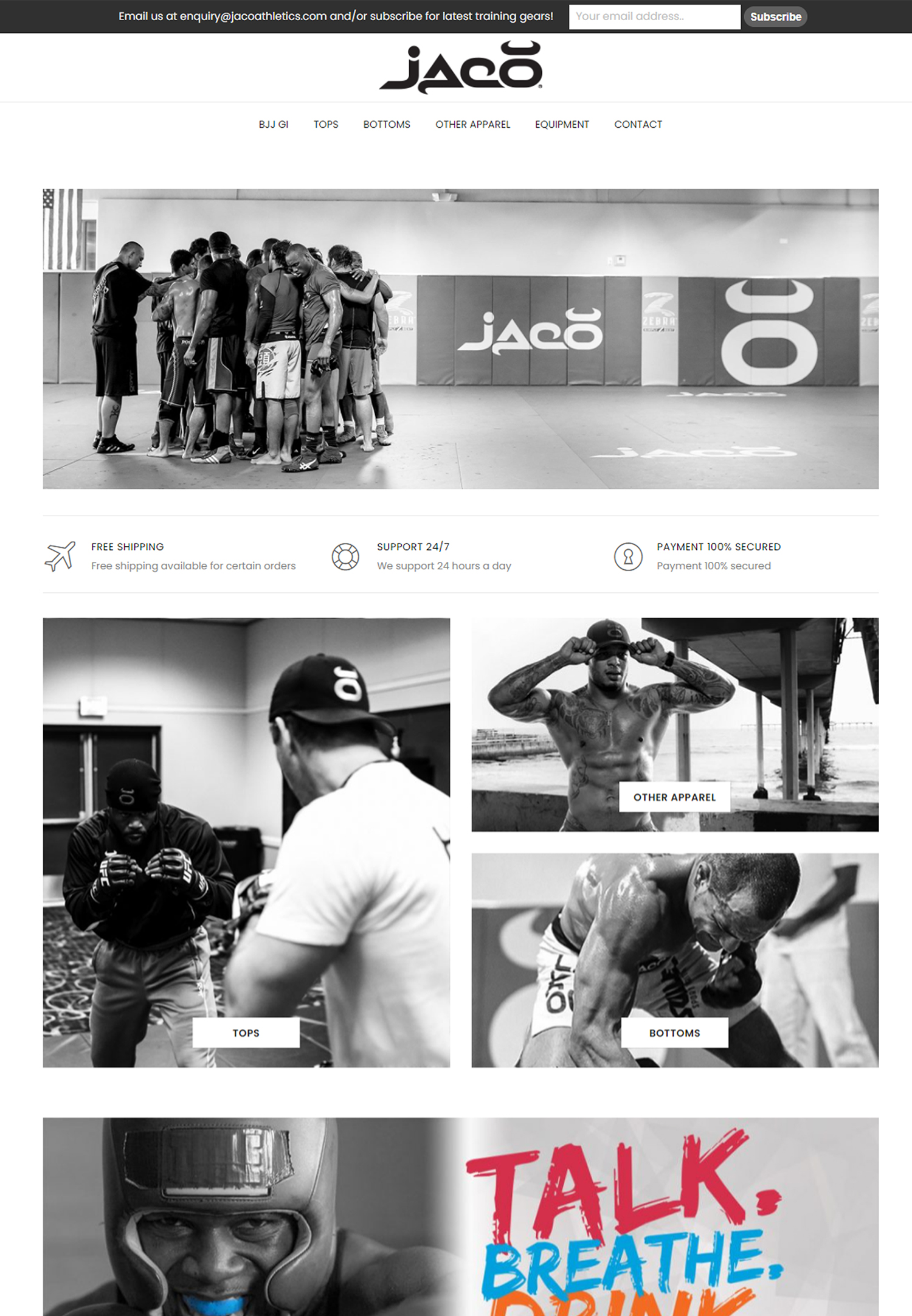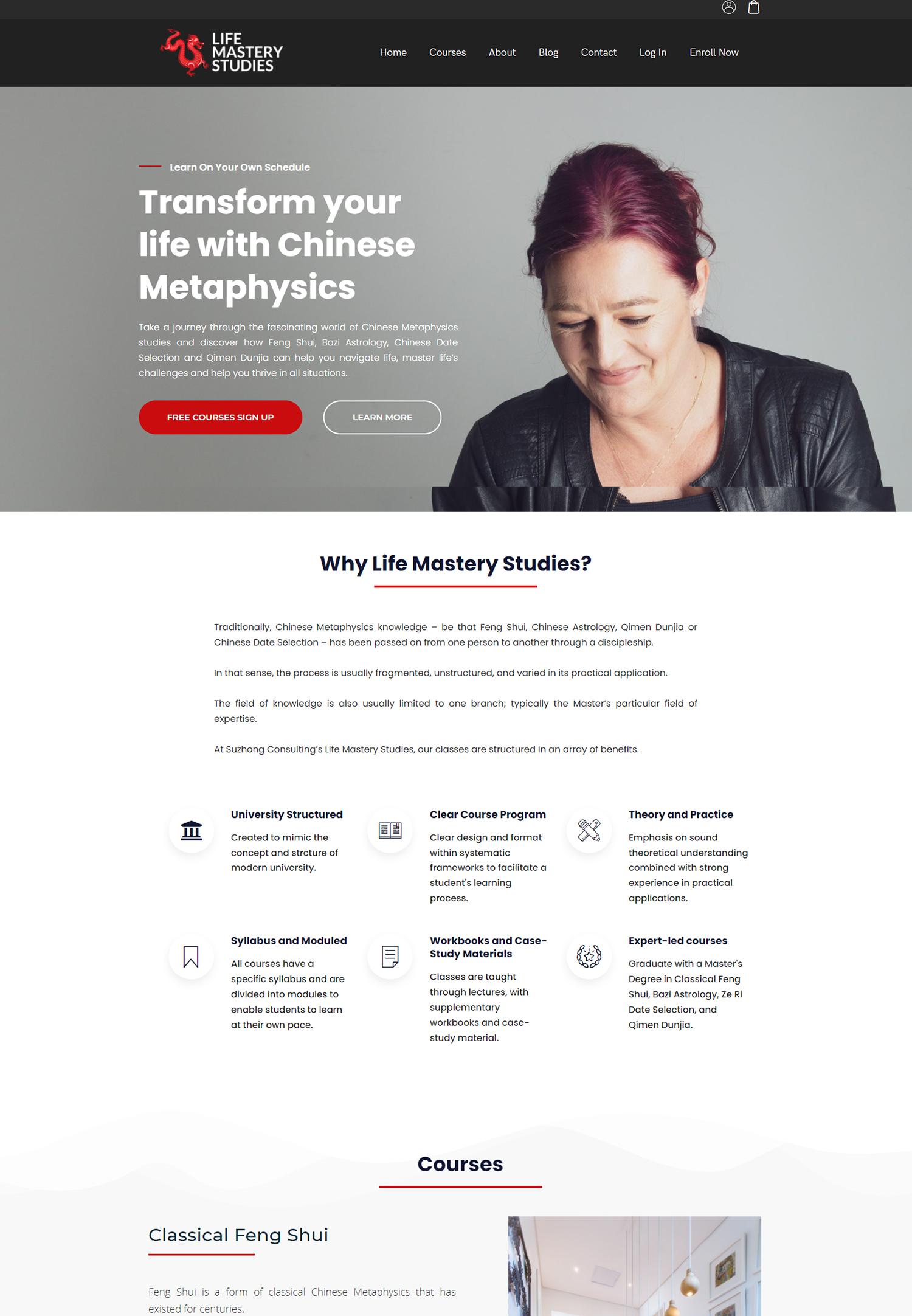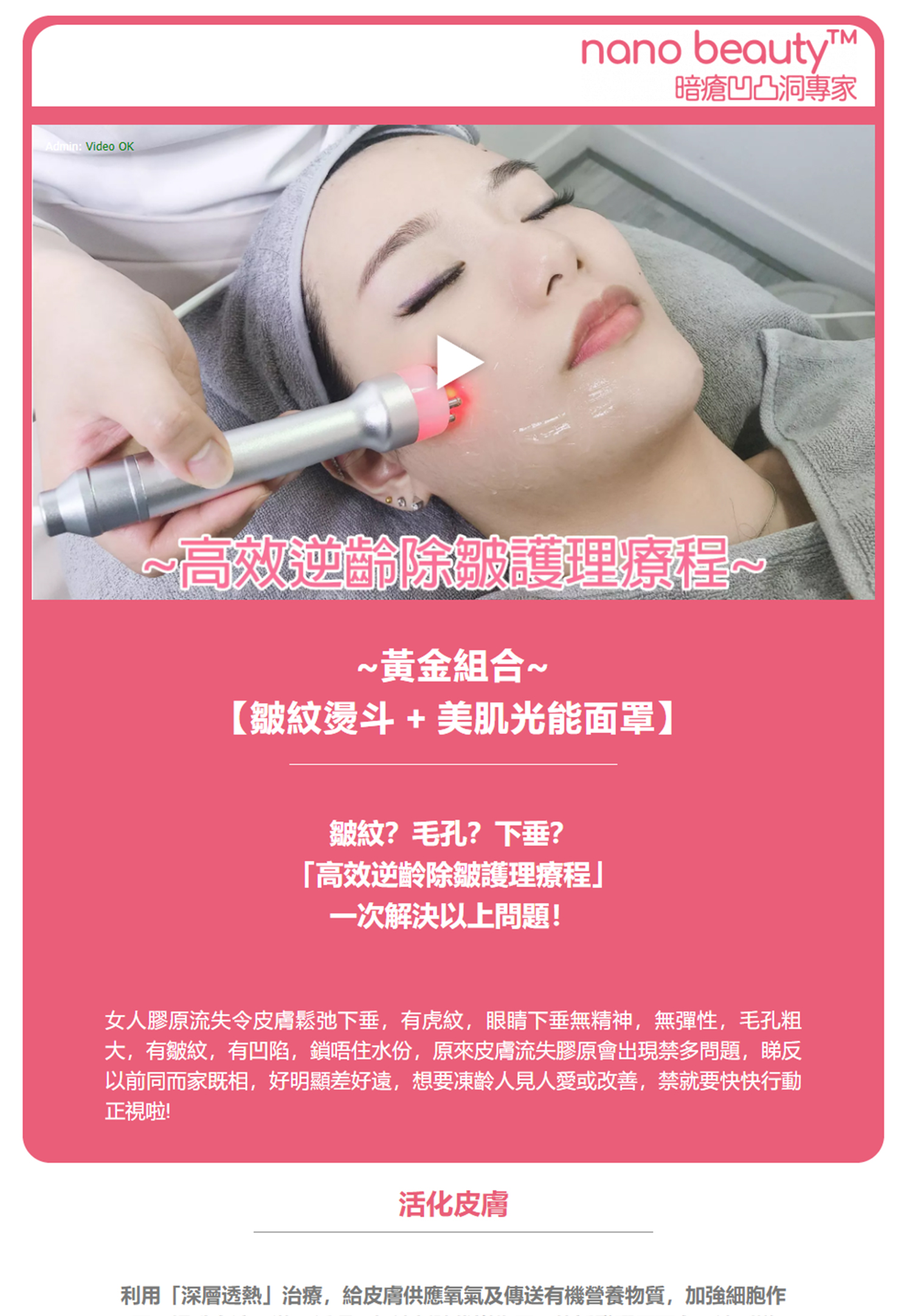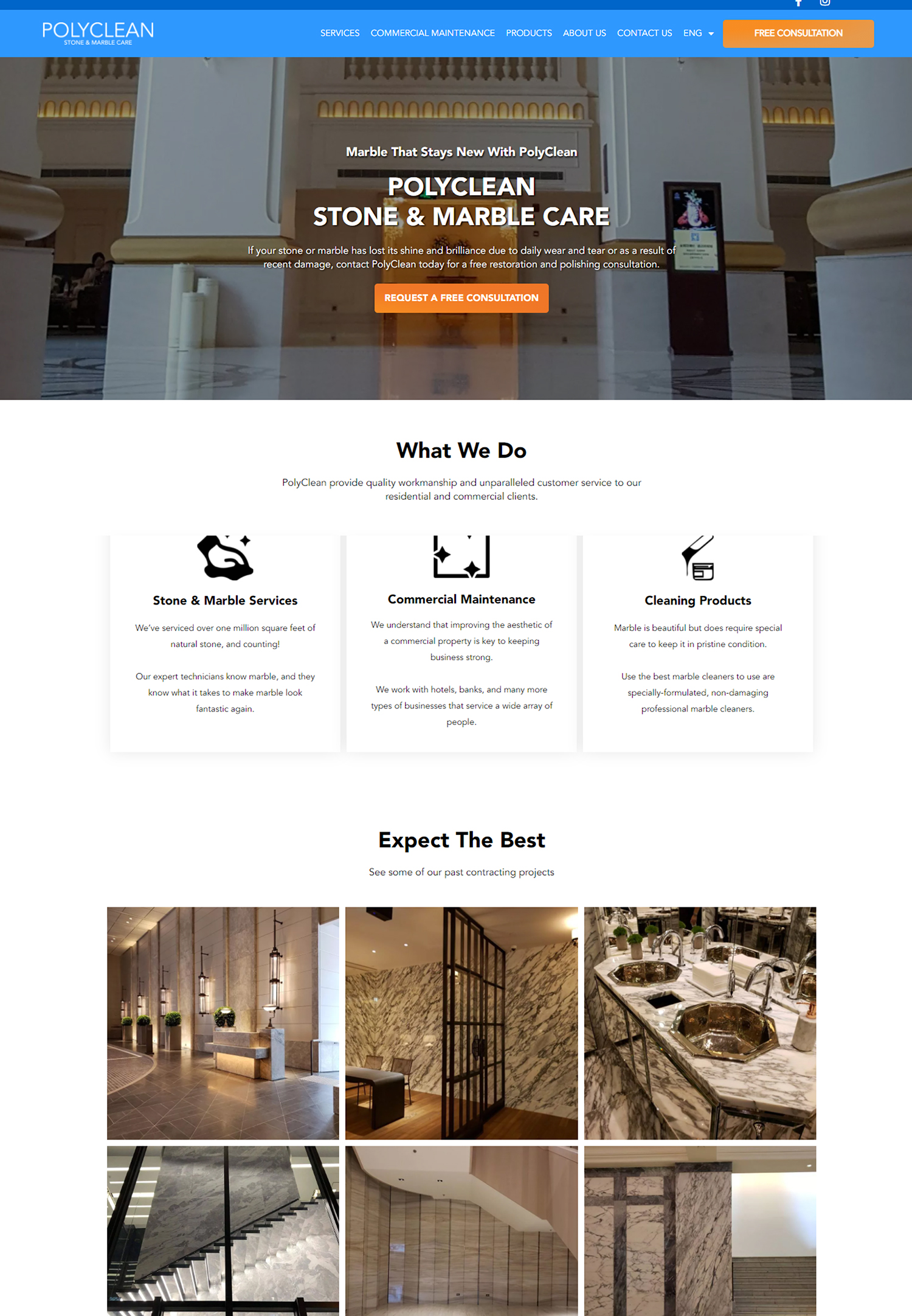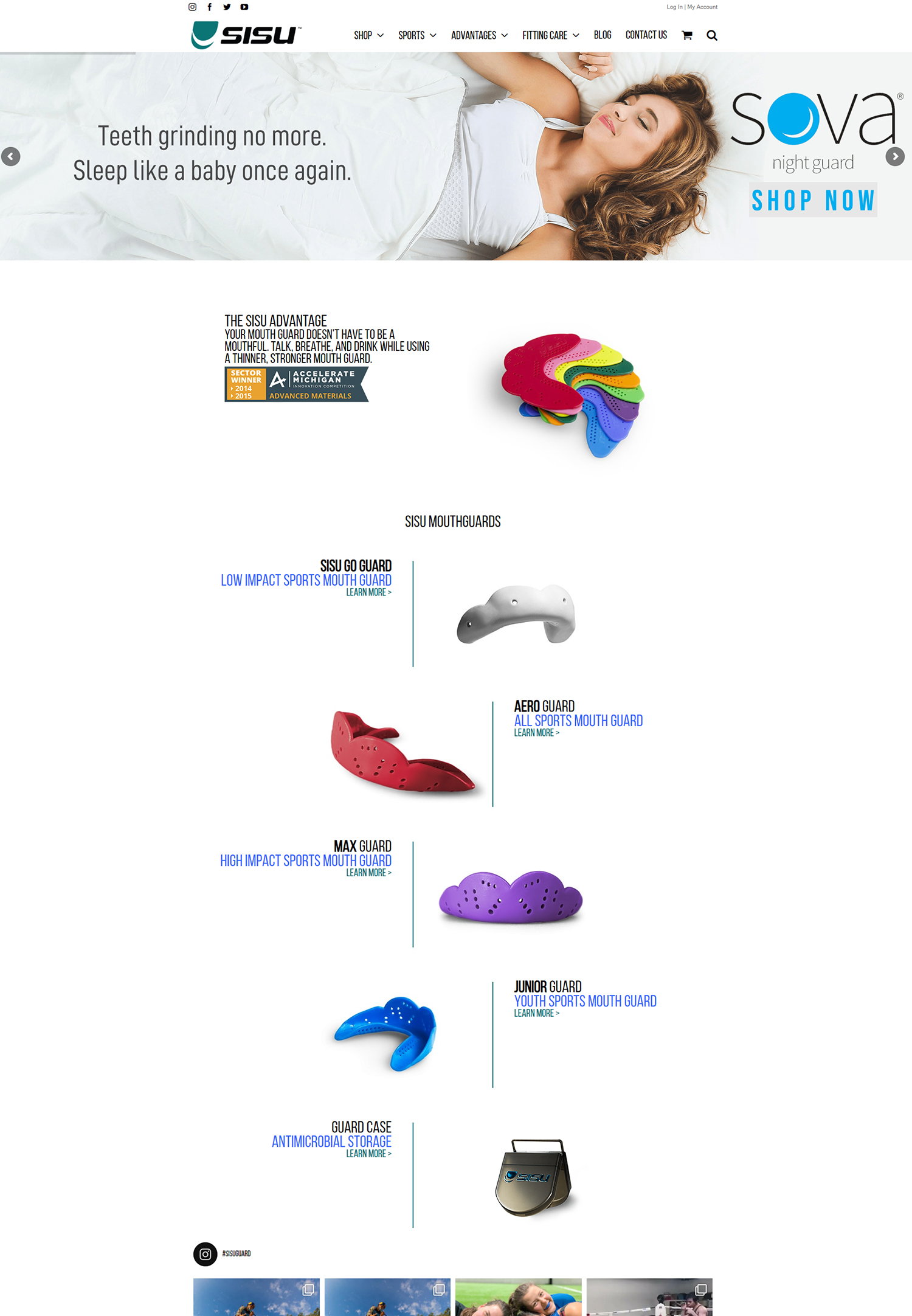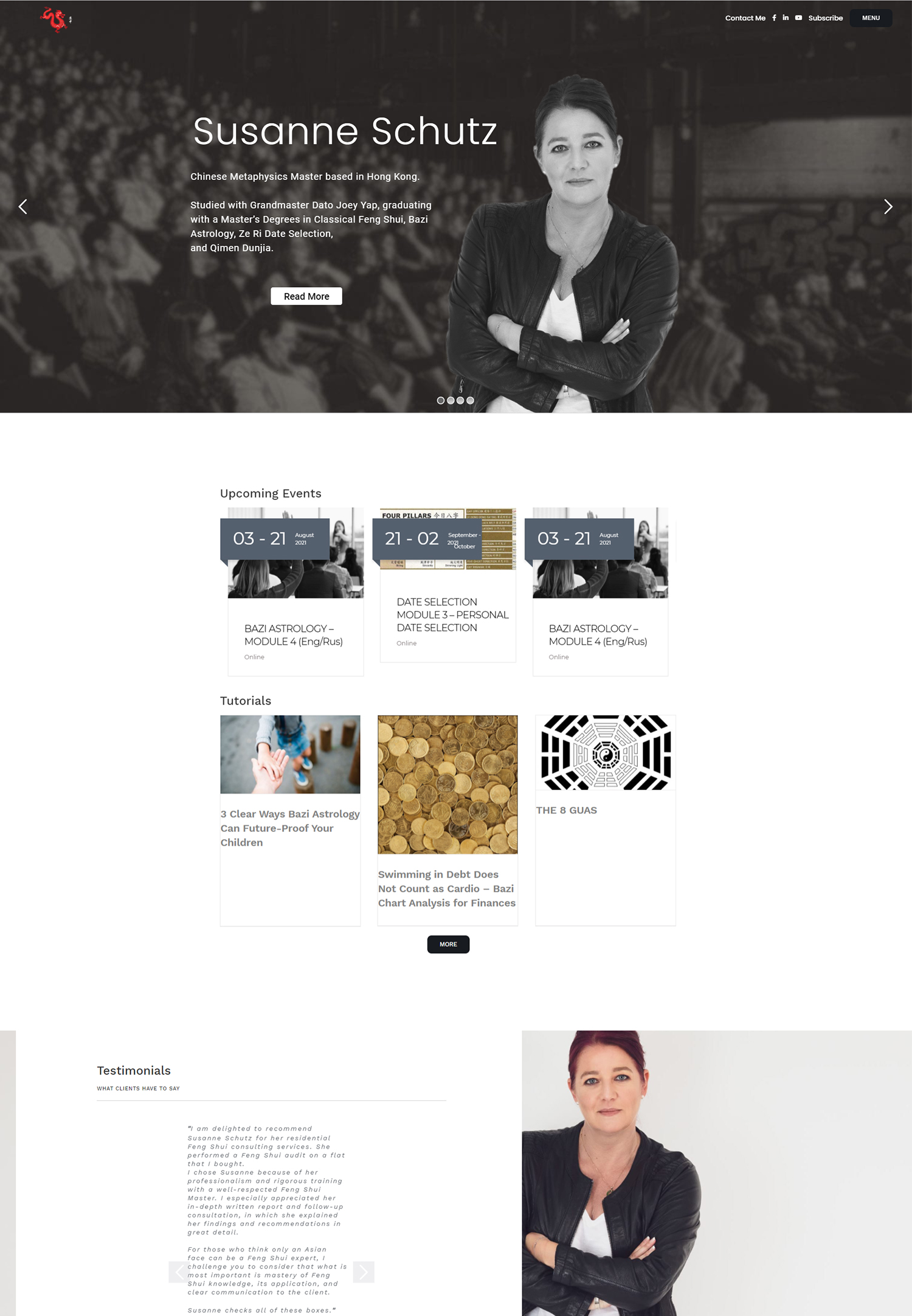Persuasive copywriting is a crucial element of any successful landing page. It is the art of using words to convince and persuade your audience to take a desired action, such as making a purchase or signing up for a newsletter. In today’s competitive online landscape, it is more important than ever to have persuasive copy that captures attention, engages the reader, and ultimately drives conversions. In this article, we will explore various techniques and strategies for crafting persuasive copy that will help you achieve your goals.
Understanding Your Target Audience for Effective Persuasion
One of the key foundations of persuasive copywriting is understanding your target audience. Without a deep understanding of who your audience is, what they want, and what motivates them, it will be difficult to create copy that resonates with them and convinces them to take action.
To effectively research and understand your audience, start by creating buyer personas. These are fictional representations of your ideal customers, based on real data and research. Consider factors such as demographics, interests, pain points, and motivations. Conduct surveys, interviews, and market research to gather insights about your target audience’s needs and desires.
Crafting a Compelling Headline: The Key to Capturing Attention
The headline is the first thing that your audience sees when they land on your page. It is crucial for capturing their attention and enticing them to continue reading. A compelling headline should be clear, concise, and impactful.
To craft attention-grabbing headlines, consider using power words that evoke emotion or curiosity. Use numbers or statistics to make your headline more specific and credible. Ask questions that pique the reader’s interest or challenge their assumptions. And don’t be afraid to experiment with different headline variations through A/B testing to see which ones resonate best with your audience.
Using Emotional Triggers to Connect with Your Audience
Emotions play a powerful role in persuasion. By tapping into your audience’s emotions, you can create a deeper connection and motivate them to take action. Some common emotional triggers include fear, joy, anger, and desire.
To use emotional triggers effectively in your copywriting, start by understanding the emotions that are most relevant to your audience and their motivations. Use storytelling techniques to create an emotional narrative that resonates with your audience. Incorporate sensory language and vivid imagery to evoke specific emotions. And always remember to align your emotional triggers with your brand and the desired action you want your audience to take.
Highlighting Benefits vs. Features: A Persuasive Writing Technique
When writing persuasive copy, it is important to focus on highlighting the benefits of your product or service, rather than just listing its features. Features are the characteristics or specifications of your offering, while benefits are the positive outcomes or solutions that your audience will experience.
To effectively highlight benefits in your copywriting, put yourself in your audience’s shoes and think about what they truly care about. How will your product or service improve their lives or solve their problems? Use specific examples and storytelling techniques to illustrate the benefits. And always remember to communicate the value proposition clearly and concisely.
The Power of Social Proof: Leveraging Testimonials and Reviews
Social proof is a powerful persuasion technique that involves using testimonials, reviews, and endorsements from satisfied customers to build trust and credibility with your audience. People are more likely to trust the opinions of others who have had a positive experience with your product or service.
To leverage social proof effectively, collect testimonials and reviews from satisfied customers and feature them prominently on your landing page. Use real names and photos whenever possible to make the testimonials more authentic. Consider incorporating social media widgets that display real-time mentions or reviews from social media platforms. And always encourage your customers to leave reviews or share their experiences on social media.
Creating Urgency and Scarcity to Drive Conversions
Creating a sense of urgency and scarcity can be a powerful motivator for your audience to take action. When people feel that they might miss out on an opportunity or that time is running out, they are more likely to make a decision.
To create urgency and scarcity in your copywriting, use phrases such as “limited time offer,” “only available for a limited number of customers,” or “while supplies last.” Highlight any time-sensitive promotions or discounts. Use countdown timers or progress bars to visually represent the limited availability of your offering. And always be transparent and honest about the urgency and scarcity you create.
Writing Persuasive Calls-to-Action: Encouraging Action from Your Audience
A call-to-action (CTA) is a crucial element of persuasive copywriting. It is the part of your landing page that tells your audience what action you want them to take, whether it’s making a purchase, signing up for a newsletter, or contacting you.
To write effective CTAs, make them clear, concise, and action-oriented. Use strong verbs that convey a sense of urgency or excitement. Create a sense of value by highlighting the benefits of taking the desired action. Use contrasting colors or buttons to make your CTA stand out visually. And always test different variations of your CTAs to see which ones generate the highest conversion rates.
A/B Testing Your Copy: Measuring the Effectiveness of Your Persuasion Techniques
A/B testing is an essential practice in copywriting that involves comparing two versions of your copy to see which one performs better in terms of conversions. By conducting A/B tests, you can measure the effectiveness of different persuasion techniques and make data-driven decisions to optimize your copy.
To conduct A/B tests effectively, start by identifying the specific elements you want to test, such as headlines, CTAs, or social proof elements. Create two versions of your landing page, with only one element being different between them. Split your audience into two groups and randomly assign each group to one of the versions. Track and measure the conversion rates of each version, and analyze the results to determine which version performs better.
Continuously Improving Your Copywriting Skills for Maximum Impact
Copywriting is a skill that can always be improved. To maximize the impact of your persuasive copy, it is important to continuously learn, practice, and stay up-to-date with industry trends.
To improve your copywriting skills, read books and articles on copywriting and persuasion techniques. Take online courses or attend workshops to learn from experts in the field. Practice writing copy regularly and seek feedback from peers or mentors. Stay up-to-date with industry trends and best practices by following blogs, podcasts, or social media accounts of copywriting professionals. And always be open to experimenting with new techniques and strategies.
In conclusion, persuasive copywriting is a crucial element of any successful landing page. By understanding your target audience, crafting compelling headlines, using emotional triggers, highlighting benefits, leveraging social proof, creating urgency and scarcity, writing persuasive CTAs, conducting A/B tests, and continuously improving your skills, you can create copy that captures attention, engages your audience, and drives conversions. Apply these tips and techniques to your own copywriting for maximum impact.
If you’re looking to create persuasive copy for your landing pages, it’s important to consider the overall design and user experience of your website. In fact, great web design plays a crucial role in attracting and engaging visitors. Check out this article on “Why Great Web Design is Important” to learn more about the impact of design on your website’s success.
FAQs
What is a landing page?
A landing page is a web page that is specifically designed to convert visitors into leads or customers. It is usually created for a specific marketing campaign and has a clear call-to-action.
Why is persuasive copy important for landing pages?
Persuasive copy is important for landing pages because it helps to convince visitors to take the desired action. It communicates the value of the product or service being offered and addresses any objections or concerns the visitor may have.
What are some tips for creating persuasive copy for landing pages?
Some tips for creating persuasive copy for landing pages include focusing on benefits rather than features, using social proof to build credibility, creating a sense of urgency, and using clear and concise language.
How can I test the effectiveness of my landing page copy?
You can test the effectiveness of your landing page copy by using A/B testing. This involves creating two versions of the landing page with different copy and testing them to see which one performs better in terms of conversions.
What are some common mistakes to avoid when creating landing page copy?
Some common mistakes to avoid when creating landing page copy include using jargon or technical language, focusing too much on the product or service rather than the customer, and not providing enough information or social proof to build credibility.



